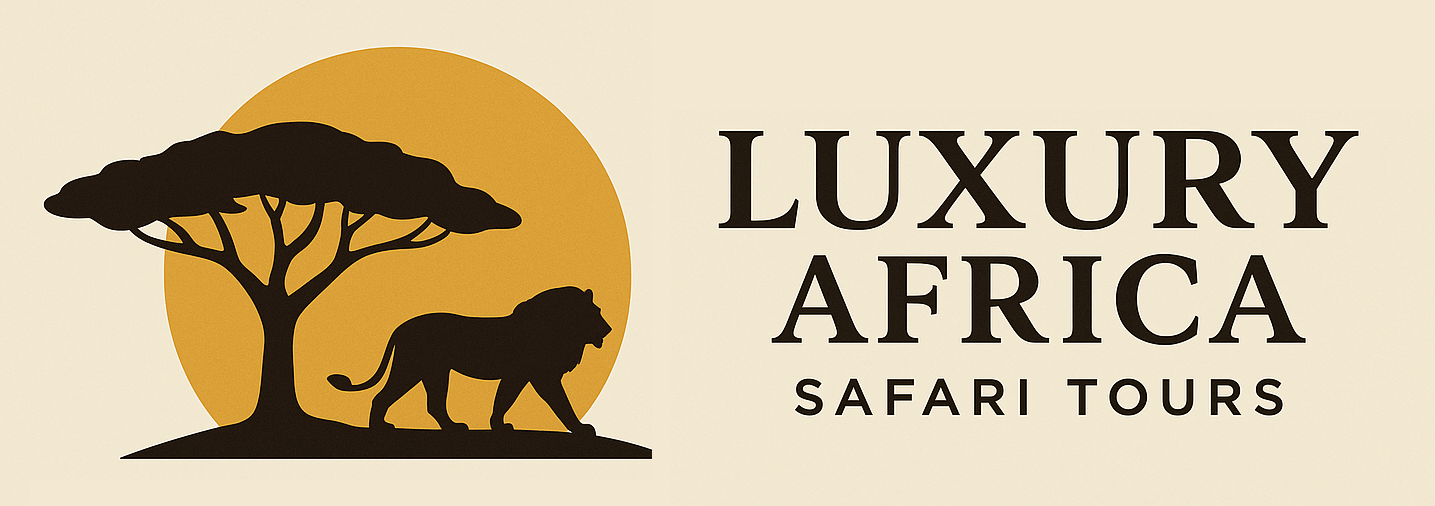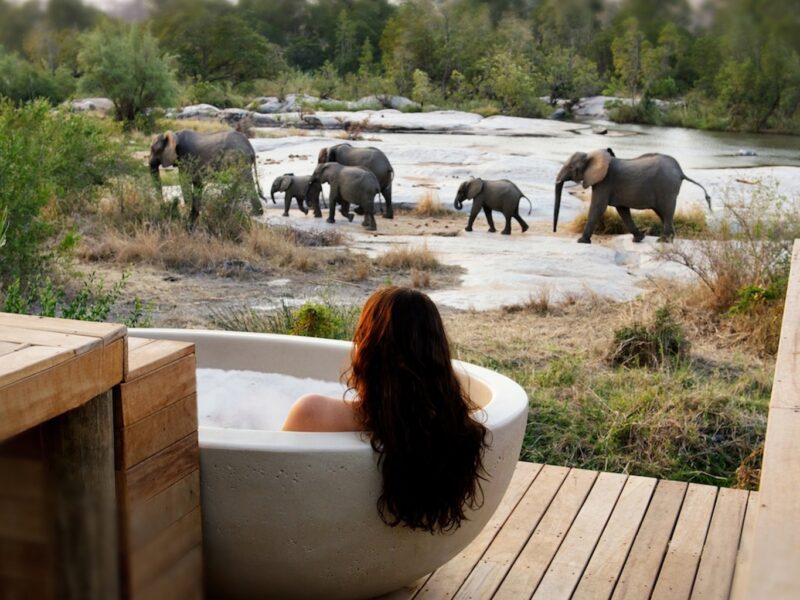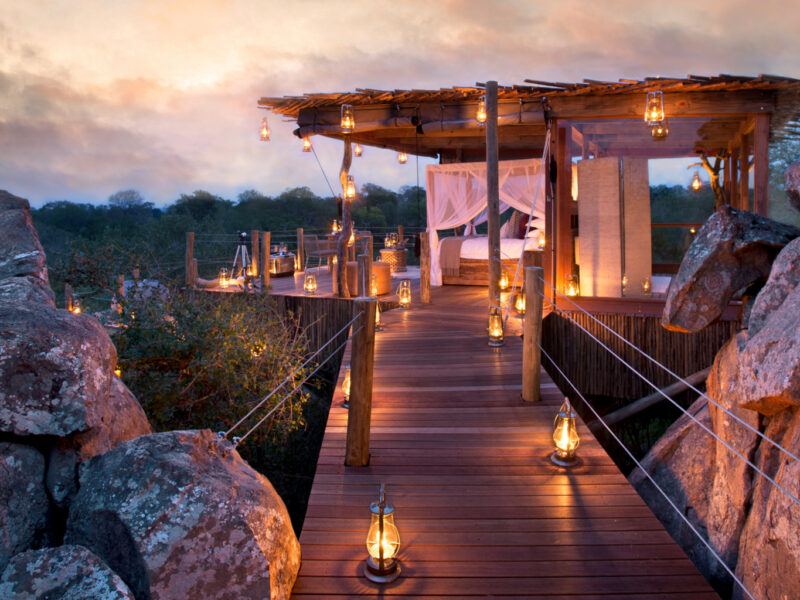Serengeti Migration - Where to Stay in March?
In March, staying in the Ndutu or southeastern Serengeti region means front-row access to one of nature’s greatest spectacles. It’s a month of life, movement, and natural drama—perfect for travelers who seek an unfiltered and immersive safari experience.
March is a truly spectacular time to witness the Serengeti Great Migration, especially if you’re drawn to the drama of predator-prey interactions, the beauty of lush green landscapes, and the sheer scale of wildlife on the move. This month finds the vast herds of wildebeest, zebras, and gazelles still concentrated in the southern Serengeti and the Ndutu region within the Ngorongoro Conservation Area. Having completed the bulk of the calving season in February, the herds remain in this area to graze, nurture their newborns, and begin the early stages of the mating season before starting their journey northward.
The Southern Serengeti and Ndutu – Prime Location for March
The Ndutu plains and southeastern Serengeti are unquestionably the best places to stay in March. This region is characterized by expansive short grass plains that provide rich grazing for the herds and clear visibility for game viewing. By this time, hundreds of thousands of calves have been born, and predators such as lions, cheetahs, hyenas, and leopards are especially active. These open plains offer an unmatched opportunity to observe dramatic chases, maternal behavior, and intense territorial rivalries.
The ground conditions are typically soft due to the long rains, which begin to appear toward the end of the month. However, this moisture brings the landscape to life—turning it vibrantly green and making it one of the most photogenic times of the year. Birdlife is also abundant, with migratory species still present, making March ideal for both wildlife lovers and photographers.
Camps and Lodges in the Best Migration Zones
To stay close to the action in March, it’s essential to choose camps located within or near the Ndutu area. Camps such as Ndutu Safari Lodge, Lake Masek Tented Camp, and Sanctuary Kusini offer exceptional access to the herds and are perfectly placed for morning and evening game drives across the plains. These camps are known for their experienced guides who understand the rhythms of the migration and can anticipate where the most exciting sightings will unfold.
For those seeking a more exclusive and mobile experience, seasonal tented camps like Serengeti Safari Camp and Ubuntu Migration Camp follow the herds closely and provide flexible access to the best game-viewing spots. These camps emphasize simplicity, intimacy, and proximity to wildlife, giving guests a true sense of being in the heart of the migration.
Wildlife Viewing and Weather Considerations
March is teeming with life and movement. While the herds are mostly static during this time—grazing and recovering from the calving season—their presence draws in large numbers of predators. Cheetahs, in particular, are often seen hunting in daylight on the open plains, and lion activity peaks as they take advantage of the vulnerable young. Spotted hyenas are also highly visible, especially during early morning game drives.
Rain showers are more frequent as the month progresses, especially in the afternoons and evenings, but they rarely hinder game drives. The clouds and soft light following the rains often enhance the beauty of the savannah, making it an ideal time for capturing memorable photographs.




